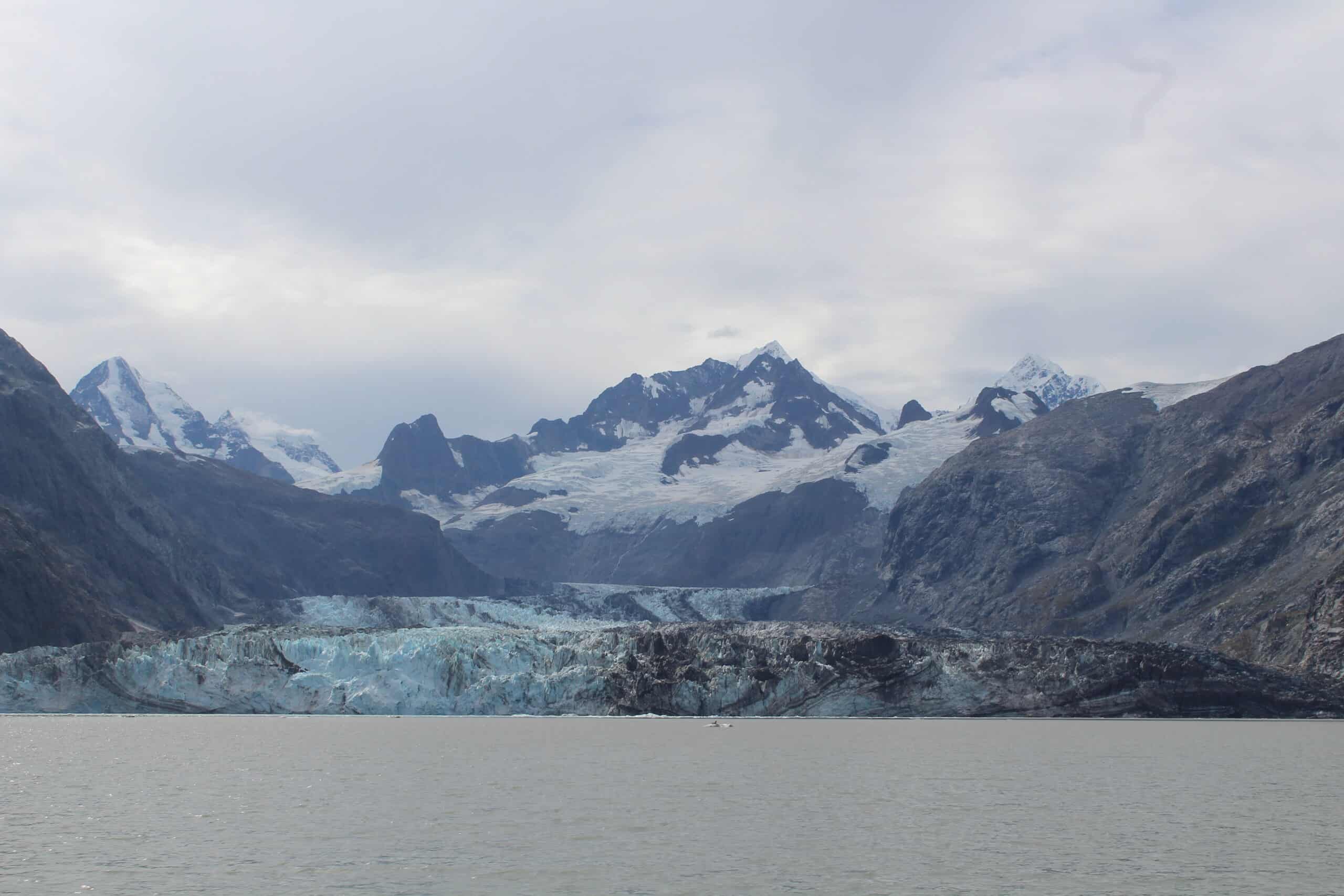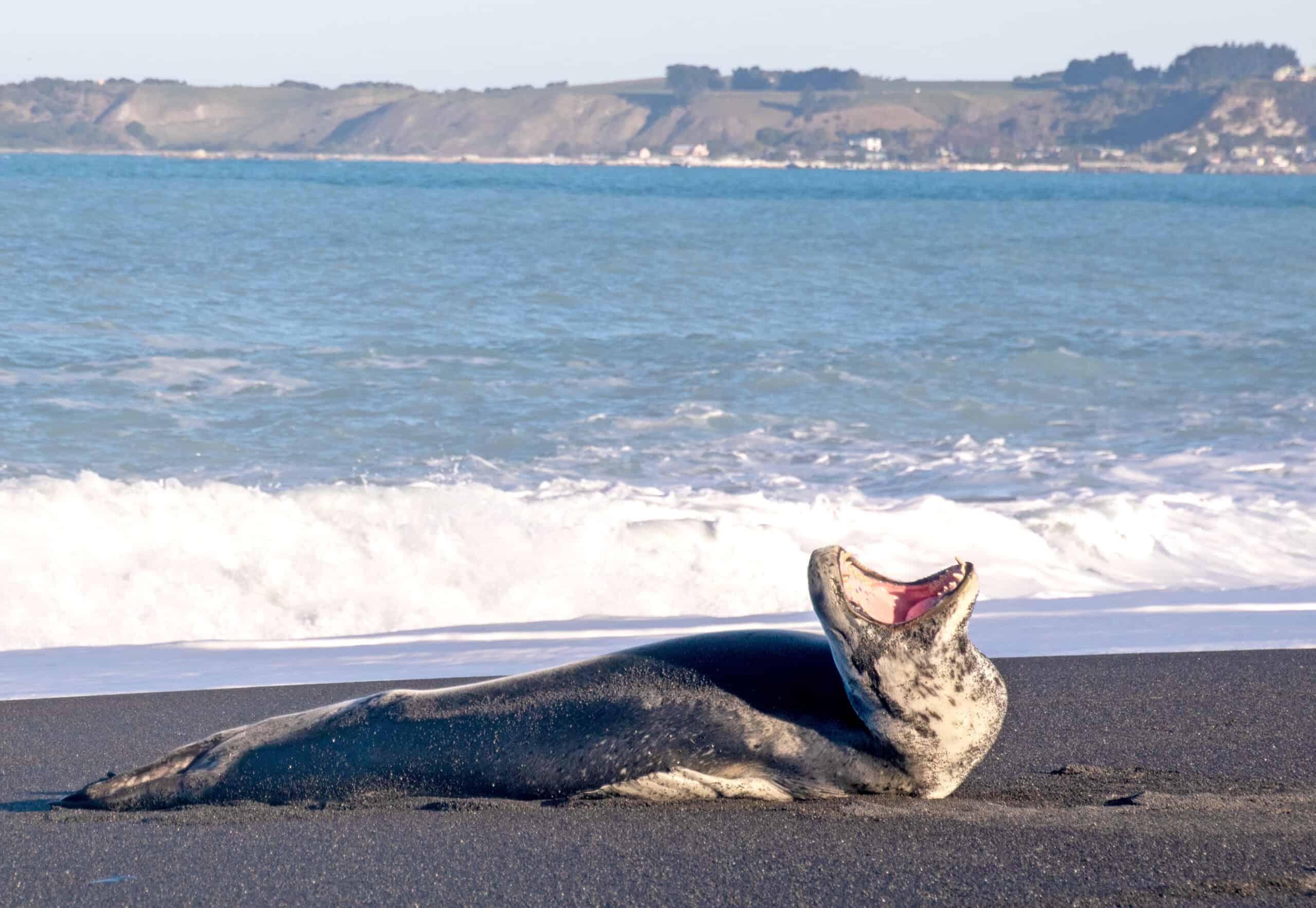Share this article
Wildlife Featured in this article
- humpback whale
- black bear
- hoary marmot
- red squirrel
- brown bear
- wolverine
- moose
- gray wolf
- common shrew
- deer mouse
Where do mammals move after glaciers melt?
After rapid glacier melt, mammals that disperse farther are quicker to move into newly vegetated areas
A solid block of ice isn’t the most hospitable place to live. But how long does it take mammals to move into the new real estate opened up when glaciers melt?
Mira Sytsma spent her master’s research at the University of Washington working in Glacier Bay National Park in Alaska to examine this question. “This was a labor of love,” she said.
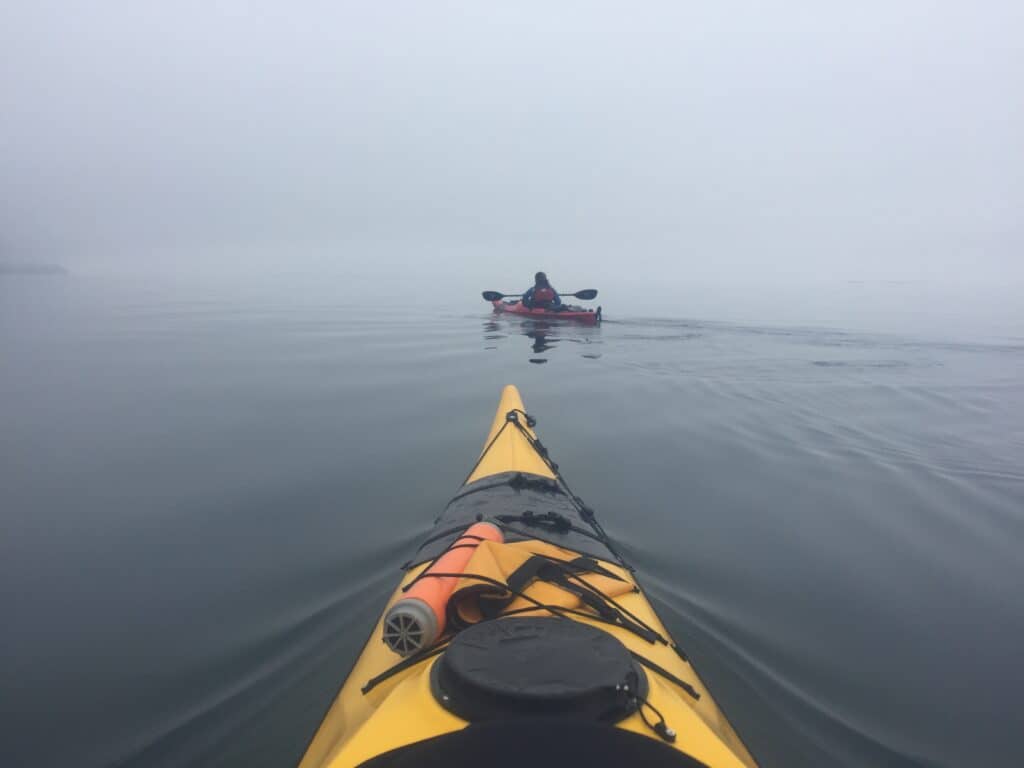
She kayaked into remote bays to conduct research—at one point she watched a humpback whale (Megaptera novaeangliae) surface about 20 meters from her kayak. The sight was amazing, but she had already had a premonition about the big marine mammal’s presence. “When an animal is that big and that close under the water, you can feel it,” she said.
One “crazy experience” with wildlife was soon followed by another, she said. As she approached the shore, her team’s trip was delayed as they waited for a black bear (Ursus americanus) to finish turning over rocks—foraging for mussels right where she and her colleagues intended to land.
Mammals didn’t always move around so freely in some parts of the national park. A global weather pattern known as the Little Ice Age hit the Glacier Bay area in the 1750s, leading to rapid local glaciation. But the cold times didn’t last. “You see this massive glacier retreat super quickly,” Sytsma said. “It’s this really crazy situation that we didn’t see anywhere else.”
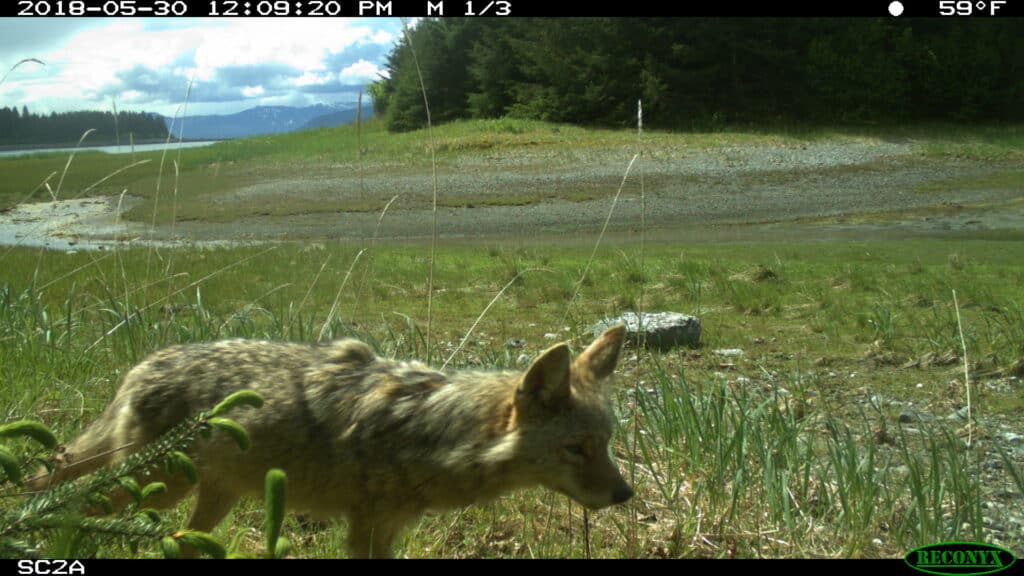
For a study published recently in the Journal of Animal Ecology, the quirky footnote in geological patterns provided the perfect backdrop for Sytsma and her colleagues to track what happens when glaciers rapidly retreat—important knowledge considering the number of glaciers that have been retreating in more recent years due to climate change. Naturalist records and recent surveys in Glacier Bay can reveal when many mammals colonized areas that were covered in ice.
The rapid deglaciation in the area came with perils for the scientists—Sytsma and her colleagues once narrowly missed being swallowed by their research.
A Jökulhlaup occurs when a large body of water trapped in the glacier bursts out due to melting or glacial shifting. This resulted in a flash flood at least six meters across to blast by Sytsma and her colleagues—they stood on a knoll and watched the fast-moving river flow past them into the bay.
“It was a little scary at first because we could have been standing right there,” Sytsma said. “I wouldn’t have wanted to be standing where it was.”
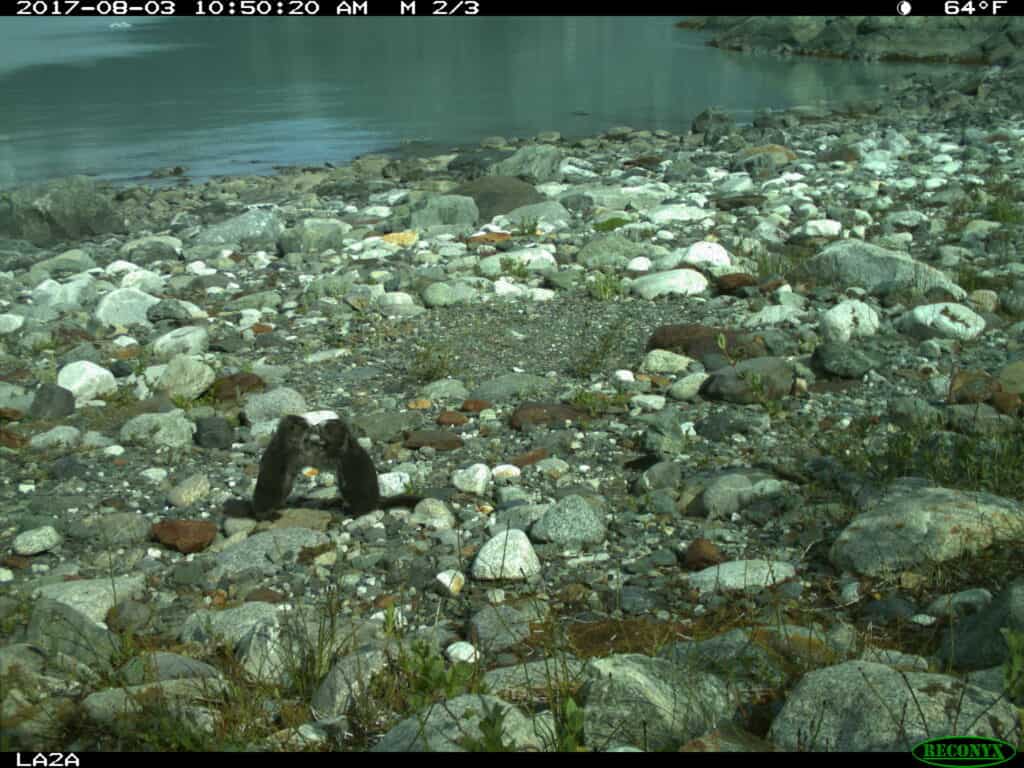
Despite the challenges, Sytsma and her colleagues were able to use trail cameras, small mammal traps and vegetation surveys in the summers of 2017 and 2018 to determine where and when mammals like the hoary marmots (Marmota caligata) pictured above can be found now that the landscape of Glacier Bay has changed so dramatically. They also used older ranger reports to add a historical component to their study.
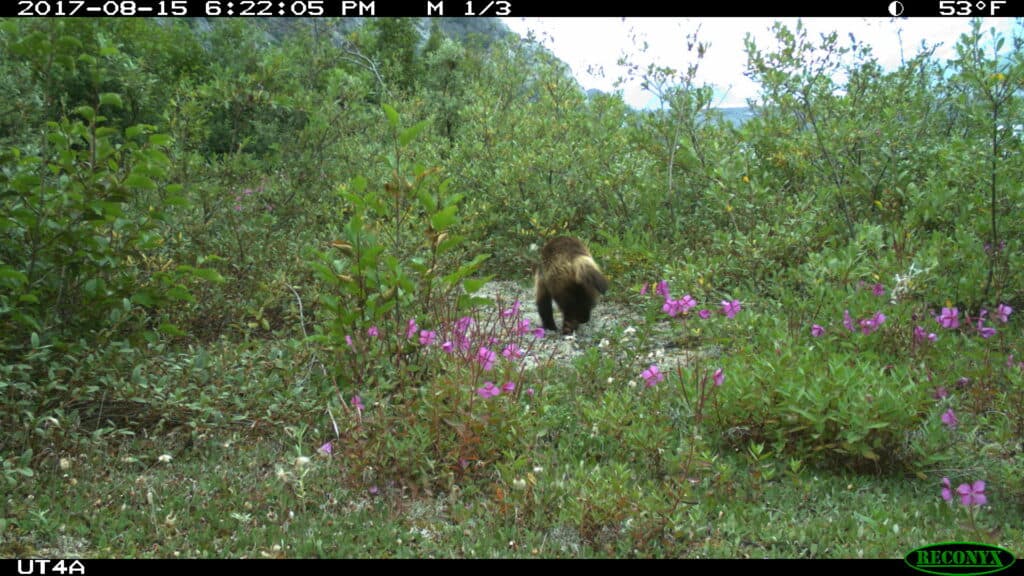
The researchers captured six small mammal species using the traps—mostly species like voles, shrews and mice. They captured footage of another 12 medium- to large-sized mammals on the trail cameras—species that ranged in size from red squirrels (Tamiasciurus hudsonicus) to brown bears (Ursus arctos) for a total of 18 species of mammals. They even captured a handful of wolverine (Gulo gulo) photos.
Their analysis revealed that mammal diversity typically increased over time once the ice retreated from a given area. The areas closer to the glacier today had less diversity than the areas more south of the glacier that hadn’t seen permanent ice in decades.
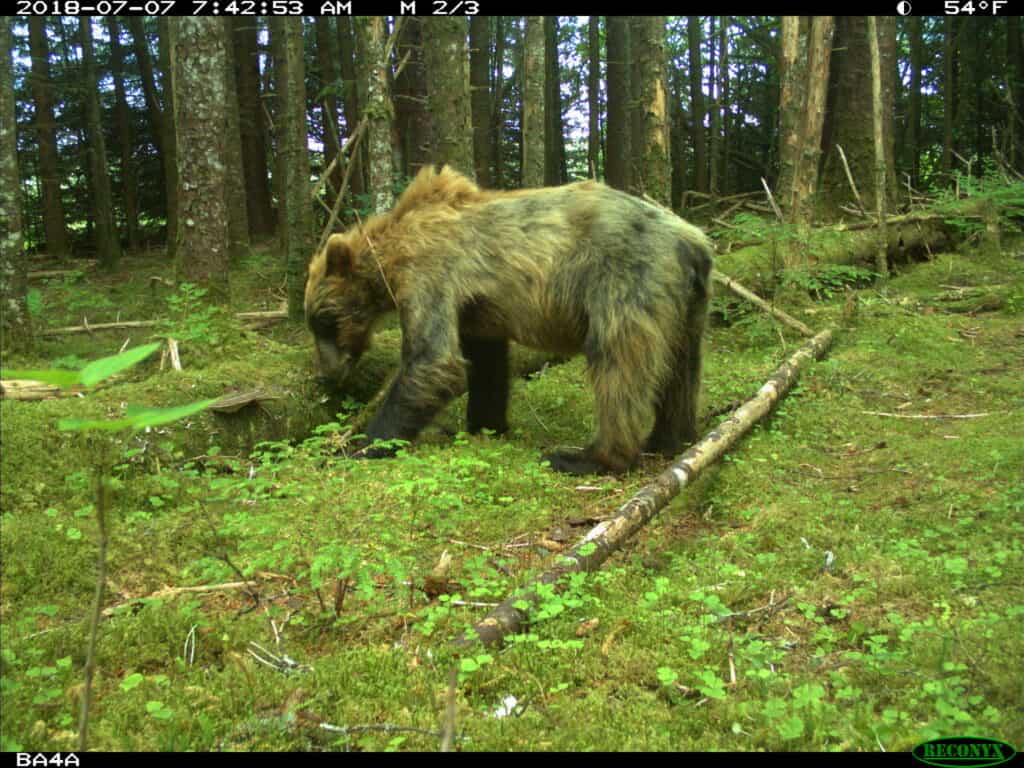
There was also a difference in what types of mammals were found in ice-free areas. Large mammals with more mobility like moose (Alces alces), bears or gray wolves (Canis lupus) appeared at most sites—including those most recently covered in ice—possibly because they have a better ability to move great distances.
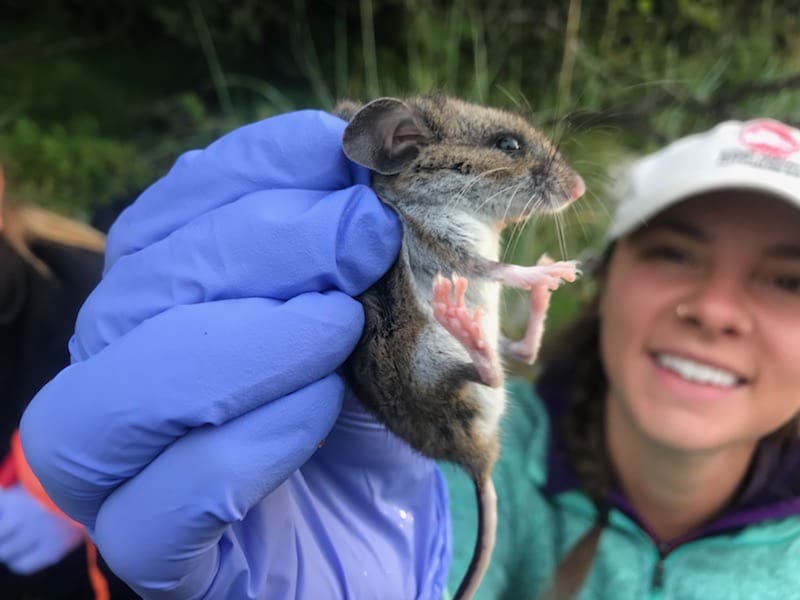
The common shrew (Sorex cinereus), by contrast, only appeared in areas that had seen vegetation for some time. There were some random exceptions to this rule. For example, some shrew species were found in areas that had been more recently covered in ice. Sytsma, picture above with a northwestern deer mouse (Peromyscus keeni), said that this might be due to uneven patterns of deglaciation—it’s possible that small patches in some areas remained ice free despite being mostly surrounded by ice. It’s also possible that these aren’t remnant populations but stowaways that traveled to the more recently ice-free areas with help from humans.
Habitat played a role in some cases. Red squirrels, for example, were found more in areas that had trees, regardless of whether or not they had been ice free for a long time.
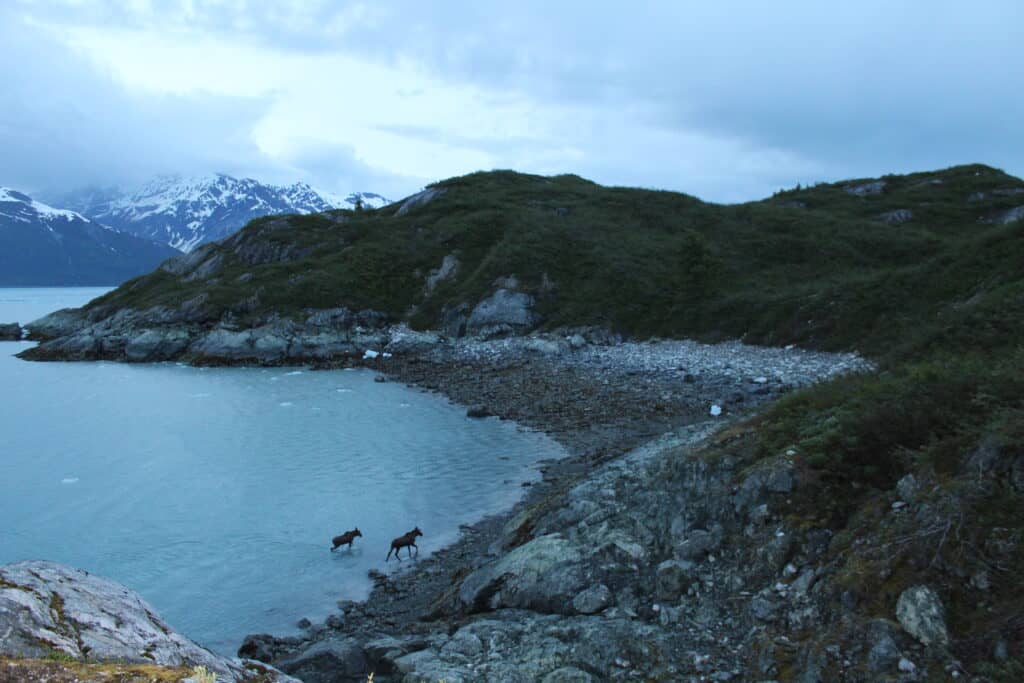
The bay itself provided another barrier to dispersal, especially for small terrestrial mammals. Large mammals like moose and bears may swim across the water in some areas, while rodents are less likely to make these jumps.
The results from the recent survey matched well to the historical ranger sighting data. “Generally, our results support what the historical records have found,” Sytsma said.
This kind of research can reveal the ways that human-driven climate change may change the ecosystems in areas with rapidly retreating glaciers. “This knowledge may improve predictions of mammalian community assembly following major disturbance events,” the authors wrote in the paper.
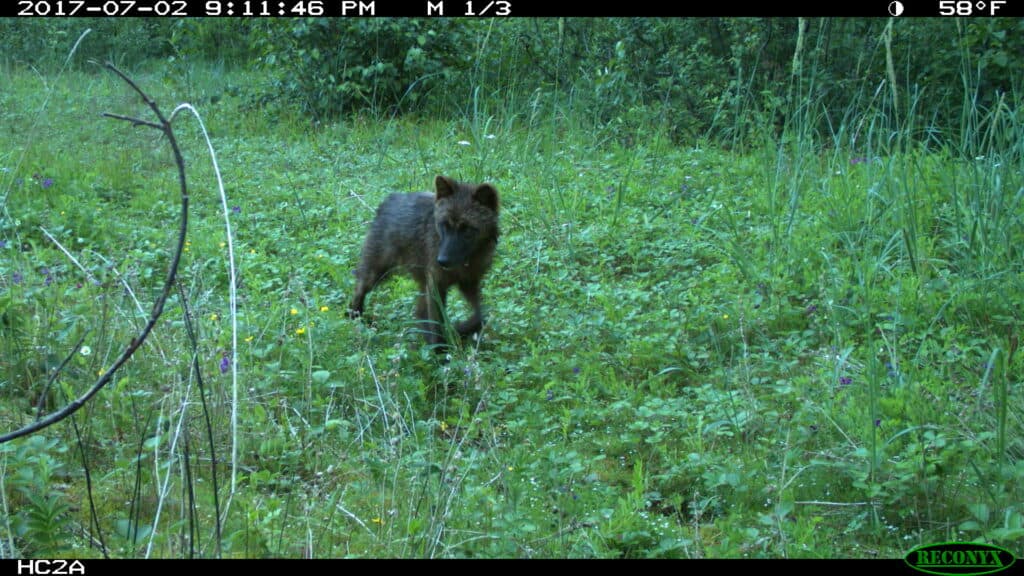
Header Image: The ice in Glacier Bay has seen one of the most rapid retreats in the world since the Little Ice Age three centuries ago. Credit: Mira Sytsma



